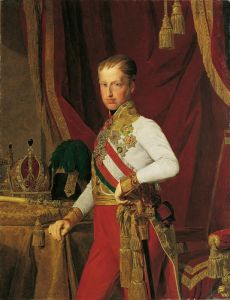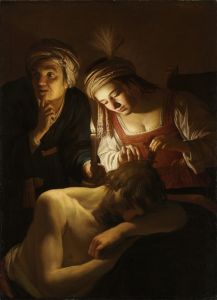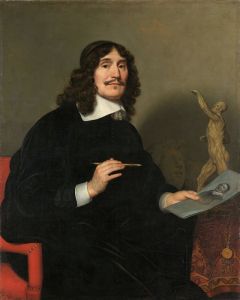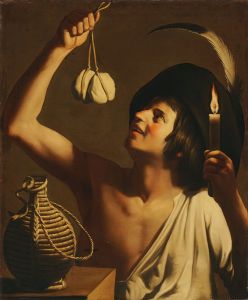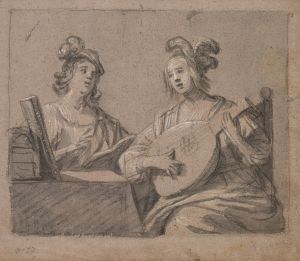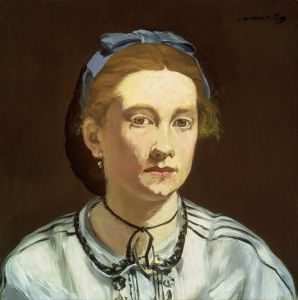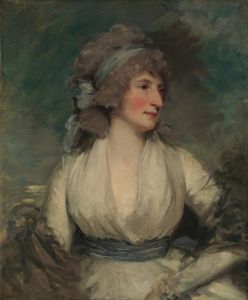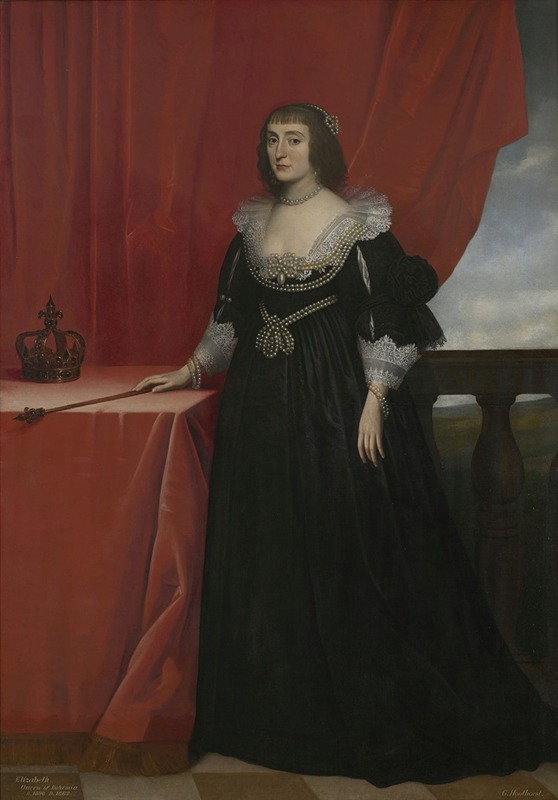
Portrait of Elizabeth Stuart, Queen of Bohemia
A hand-painted replica of Gerard van Honthorst’s masterpiece Portrait of Elizabeth Stuart, Queen of Bohemia, meticulously crafted by professional artists to capture the true essence of the original. Each piece is created with museum-quality canvas and rare mineral pigments, carefully painted by experienced artists with delicate brushstrokes and rich, layered colors to perfectly recreate the texture of the original artwork. Unlike machine-printed reproductions, this hand-painted version brings the painting to life, infused with the artist’s emotions and skill in every stroke. Whether for personal collection or home decoration, it instantly elevates the artistic atmosphere of any space.
The Portrait of Elizabeth Stuart, Queen of Bohemia is an oil painting created by the Dutch Golden Age artist Gerard van Honthorst. The painting depicts Elizabeth Stuart (1596–1662), the daughter of King James VI and I of Scotland and England and Anne of Denmark. Elizabeth was married to Frederick V, Elector Palatine, and became known as the "Winter Queen" due to her brief reign as Queen of Bohemia from 1619 to 1620.
Gerard van Honthorst, a prominent painter of the Dutch Golden Age, was known for his mastery of portraiture and his use of dramatic lighting, influenced by the Italian Baroque style and the works of Caravaggio. Honthorst was active in the courts of Europe and gained significant recognition for his ability to capture the likeness and personality of his sitters. His connection to the court of Elizabeth Stuart likely came through her residence in The Hague, where she lived in exile after the defeat of her husband in the Battle of White Mountain and the loss of the Bohemian crown.
The portrait is an elegant representation of Elizabeth Stuart, showcasing her regal bearing and status as a queen. She is depicted wearing luxurious clothing, including a richly adorned gown and jewelry, which emphasize her royal lineage and her role as a figure of political and cultural significance. The painting reflects the Baroque style's attention to detail and texture, particularly in the rendering of fabrics and accessories.
Elizabeth Stuart's life was marked by political turmoil and personal resilience. After her husband's defeat, she spent much of her life in exile in the Dutch Republic, where she became a central figure in the intellectual and cultural circles of the time. Her court in The Hague attracted artists, writers, and thinkers, and she became a patron of the arts. The portrait by Honthorst is one of several depictions of Elizabeth Stuart created during her lifetime, serving as a testament to her enduring legacy and her role as a prominent figure in European history.
The painting is currently housed in the National Portrait Gallery in London, where it is part of the collection that documents the lives and contributions of significant historical figures. The work is valued not only for its artistic merit but also for its historical importance, offering insight into the life and image of one of the most intriguing royal figures of the 17th century.









